We went to the Fort Myers area over Labor Day Weekend, not really knowing what to expect. News reports over the last four months told a story of fish die offs and health impacts from the gasses algae and red tide emit. We saw the footage of manatees, 100-year old turtles, and a whale shark - all washed up against those once pristine Florida beaches, only to later be carted off to a dumpster. A far cry from the majesty of those unique creatures. It all looked surreal in those newsreels, like something happening in some other place.
As a native Floridian, I’ve spent a lot of time in South Florida, and I knew what the water should look like. I knew what the air should be like. That salted kiss from an ocean breeze and that clear blue Caribbean-esque water were not there. In its place were seas of deep red waves washing up on the shore, alongside today’s dead fish Florida Fish and Wildlife had not yet picked up. The Gulf was not alone, canals and estuaries, even neighboring mangroves, were all in technicolor or brown, hues of green and yellow were a common sight. The air had a chemical smell I had not endured since my years of working in a chemistry lab in college. This was not the Florida of my childhood. This was no longer paradise.
From the first moment we drove into Fort Myers, it was noticeably absent. On what should have been one of the busiest weekends of beach-going, it was all a ghost town; from Cape Coral and Matlacha, to Sanibel and Fort Myers Beach. Even the downtown Fort Myers-area were all noticeably vacant.
Another summer lost. But lost to what? Over the last few years, the State of Florida has rolled back environmental regulations and waterway protections under the tutelage of Governor Rick Scott. Allowing large-scale agribusiness in the center of the state to use more pesticides and nutrient-rich fertilizers that inevitably end up in Lake Okeechobee. Since the 1930’s, water flow in and out of Lake Okeechobee has been managed by the Army Corps of Engineers, in an effort to tame the Lake and allow for new construction developments in what was once swampland. A large earthen dam surrounds it. At various points for intersecting creeks and rivers, a system of locks controls the water flow in and out of the Lake. One of those rivers is the Caloosahatchee, the river that flows out into Estero Bay - and throughout the entire estuary network that makes the Fort Myers area Fort Myers. As that nutrient rich, freshwater flows into these communities, it brings along bacteria and nutrients that feed red tide, while also bringing freshwater green algae into saltwater areas. Both red tide and green algae consume oxygen in the water, suffocating marine life. It’s worth mentioning, green algae is not naturally occurring. Red tide is, what makes this different is the longevity. Typical red tides last a few days, maybe a week tops. You can swim in a typical red tide, it would not be advisable to swim in this now 5-month long red tide.
We talked with people of all ages and diverse occupations, they all had a similar story to tell. The last four to five years of intense red tides and algae blooms have devastated their livelihoods, caused them or their young children health consequences, and forced them to question how much longer they can call the Fort Myers area home. In-between our interviews, we went to various locations to document the impacts of all this on the local environment; what we saw shocked us. Neon green canals; vacant beaches of green sand and red water. Occasionally, we’d see a small family with their children in the water. Still, we do not entirely know the health impacts of this dire environmental pollution crisis that has resulted in a huge deadzone covering one-third of west Florida, from Sarasota to Marco Island, possibly even further south to the Everglades.
At one point, a red tide laden wave rushed onto some rocks at the Sanibel Island Causeway Park, it splashed up onto my skin, causing it to burn for several hours even after washing it off with clean water. This cannot be the new normal. This cannot be what we do to paradise. We all need clean air and clean water. We all need a safe environment to live and thrive.
***
Ready to make an impact? Take our Impact Pledge and commit to learn, share, and act on climate change and environmental justice.

